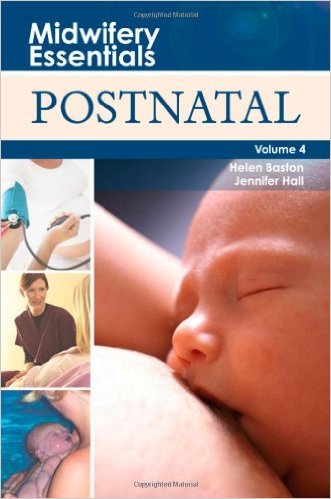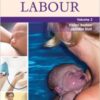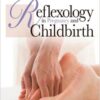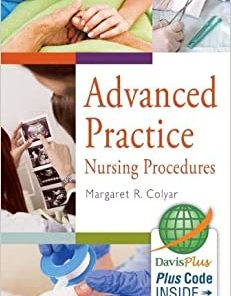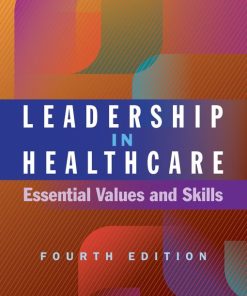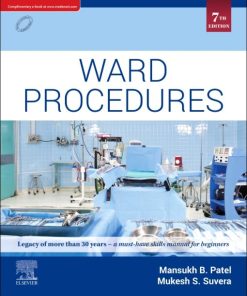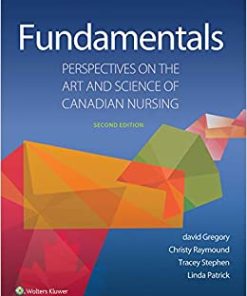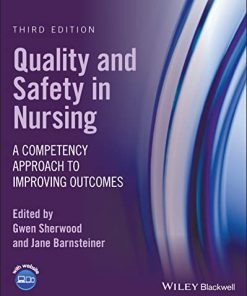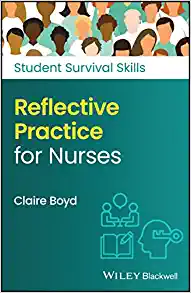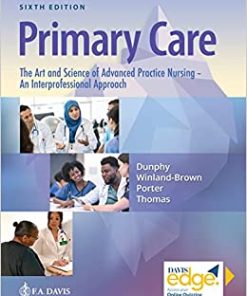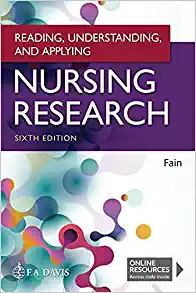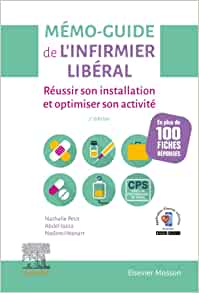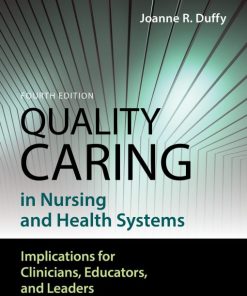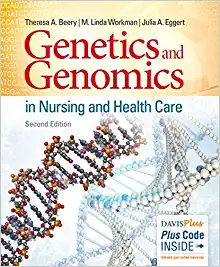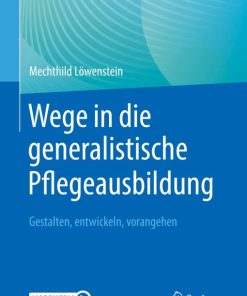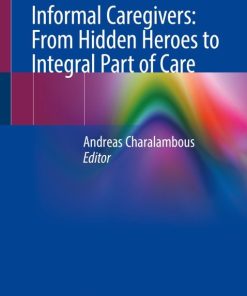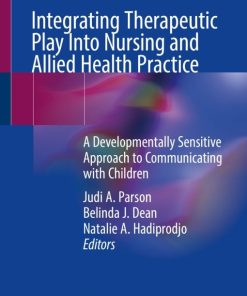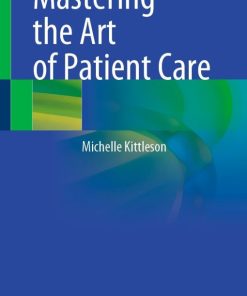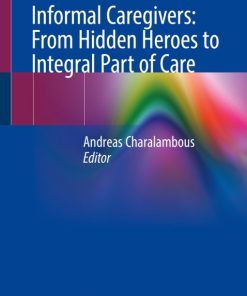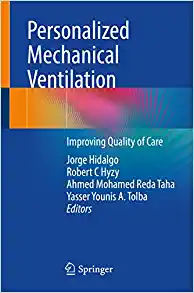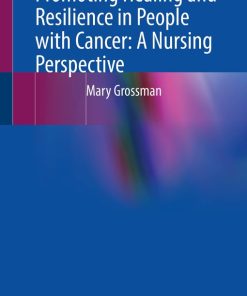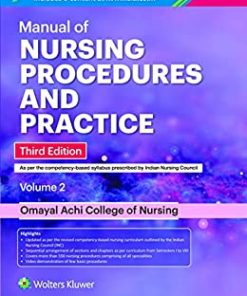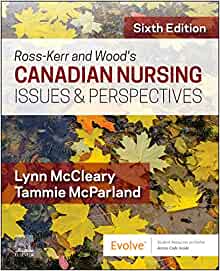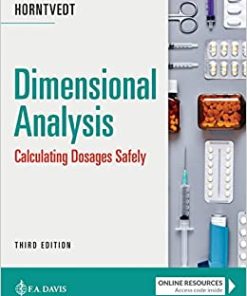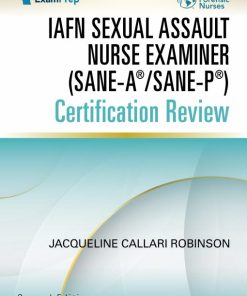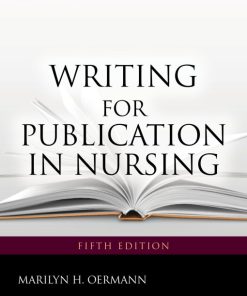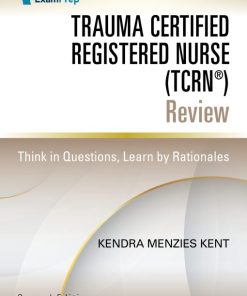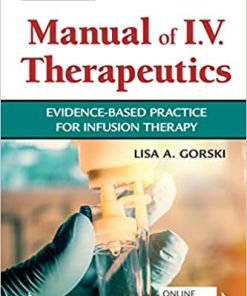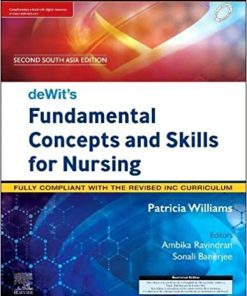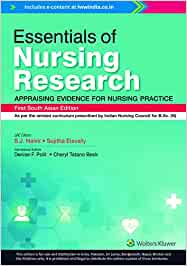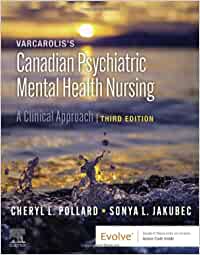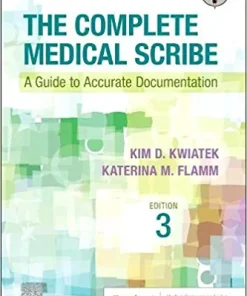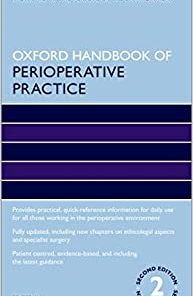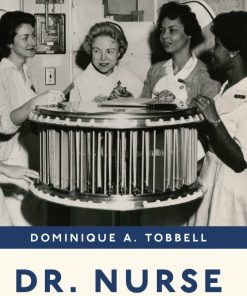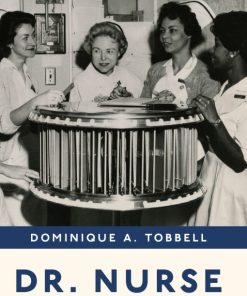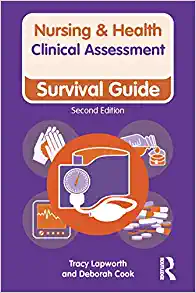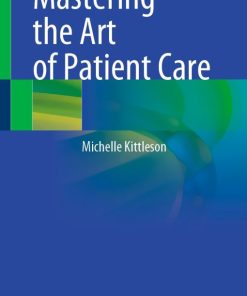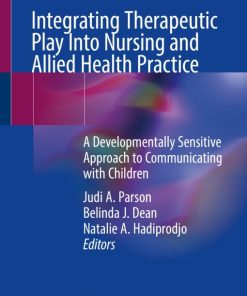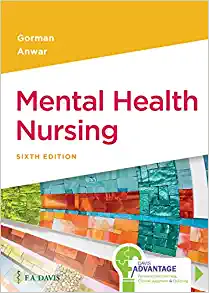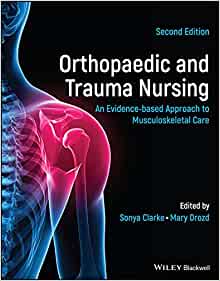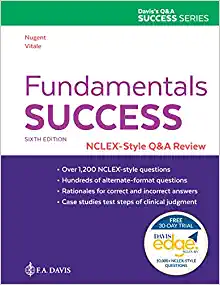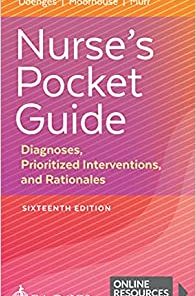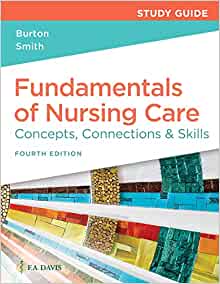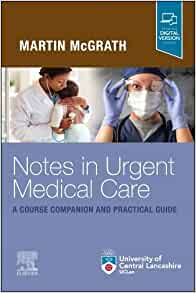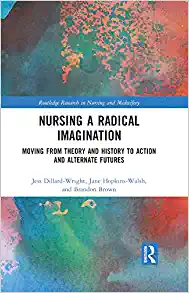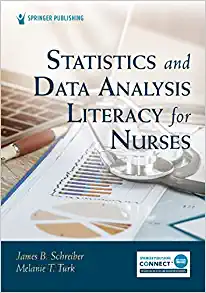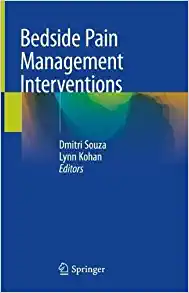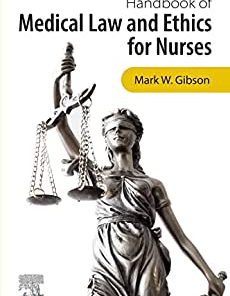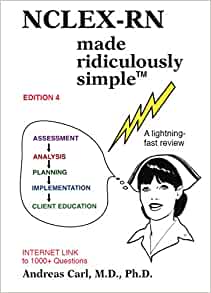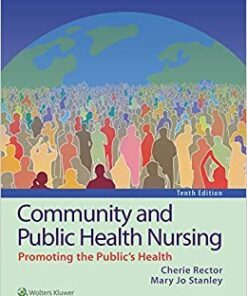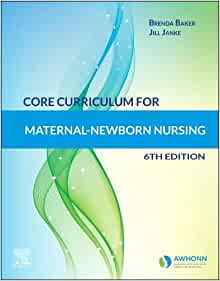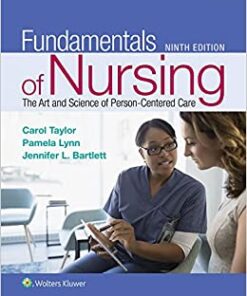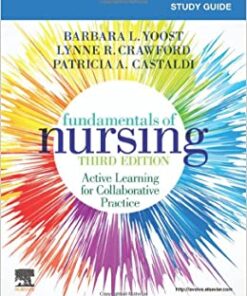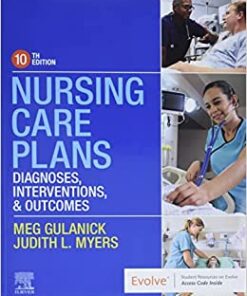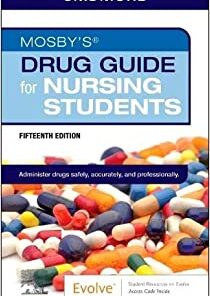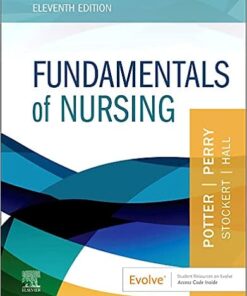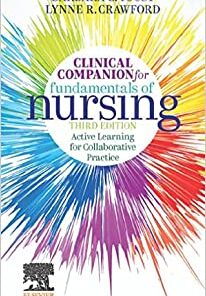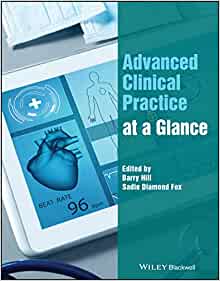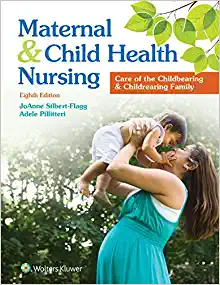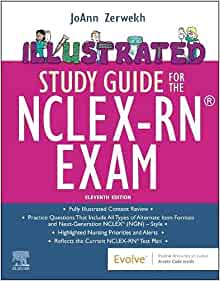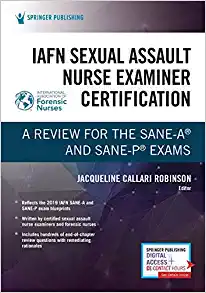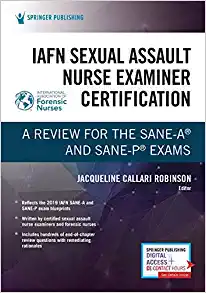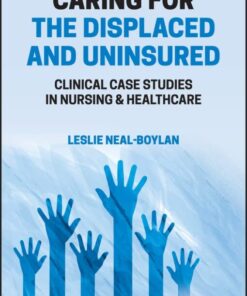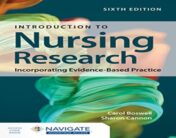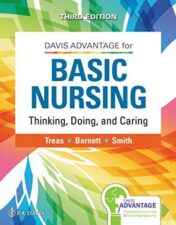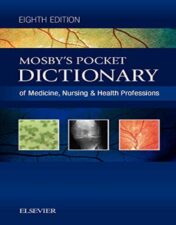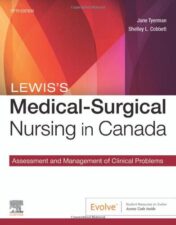- Series: Midwifery Essentials (Book 4)
- Paperback: 176 pages
- Publisher: Churchill Livingstone; 1 edition (November 4, 2009)
- Language: English
- Type : PDF
-
-
Note : We will send ebook download link after confirmation of payment via paypal success
- Payment methods: Visa or master card (Paypal)
-
Please log in to purchase this product.
Midwifery Essentials: Postnatal: Volume 4, 1e 1st Edition
Please log in to view the price.
by Helen Baston
-
- The postnatal examination of the woman, and the baby check
- Care of the baby in the immediate postnatal period
- The features of the normal neonate
- The newborn clinical examination
- Hospital postnatal care and caesarean section
- The role of the community midwife and emotional wellbeing
- Postnatal fertility control
- Issues involved in supporting the woman to feed her baby.
- how does a midwife obtain consent from a woman for a procedure, maintain a safe environment during the delivery of care and make the most of the opportunity to promote health?
- what are the professional and legal issues in relation to the procedure and is this practice based on the best available evidence?
- which members of the multi-professional team contribute to this aspect of care and how is it influenced by the way in which care is organised?
- Provides information essential for best practice at all stages of pregnancy and birth
- ‘Jigsaw’ model promotes holistic care
- Scenarios help readers understand the context of maternity care
- Activities encourage further exploration and debate.
Midwifery Essentials: Postnatal: Volume 4, 1e 1st Edition
Postnatal’ is the fourth title in the Midwifery Essentials series and explores contemporary postnatal care for women and their families, exploring the role of the midwife as a member of the multi-professional team. This book thoroughly prepares the reader to provide safe, evidence-based, woman-centred postnatal care for mothers and their babies.
Midwifery Essentials consists of a series of four pocketbooks, based on the popular and successful ‘Midwifery Basics’ articles published in ‘The Practising Midwife’ journal. They have been written in response to many requests from students, midwives and supervisors to combine these articles into a handy text.
The books remain true to the style of the articles and have been updated and expanded to create a user-friendly source of information on different aspects of midwifery care. They will stimulate debate and require the reader both to reflect on their current practice, local policies and procedures and to challenge care that is not woman centred.
There are many dimensions to the provision of woman-centred care that practitioners need to consider and understand so the series is based on the principles of holistic care, using a ‘jigsaw’ model as a framework. Each aspect of the jigsaw should be considered during the assessment, planning, implementation and evaluation of woman-centred maternity care, for example:
Series features:
Product Details
Related Products
MIDWIFERY & NURSING
MIDWIFERY & NURSING
Leadership in Healthcare: Essential Values and Skills, Fourth Edition (EPUB)
MIDWIFERY & NURSING
MIDWIFERY & NURSING
Fundamentals: Perspectives on the Art and Science of Canadian Nursing, 2nd Edition (EPUB)
MIDWIFERY & NURSING
MIDWIFERY & NURSING
Reflective Practice for Nurses (Student Survival Skills) (Original PDF from Publisher)
MIDWIFERY & NURSING
MIDWIFERY & NURSING
Reading, Understanding, and Applying Nursing Research, 6th Edition (EPUB)
MIDWIFERY & NURSING
MIDWIFERY & NURSING
Quality Caring in Nursing and Health Systems, 4th Edition (Original PDF from Publisher)
MIDWIFERY & NURSING
Genetics and Genomics in Nursing and Health Care, 2nd Edition (EPUB)
MIDWIFERY & NURSING
Pflege bei chronisch-entzündlichen Darmerkrankungen (Original PDF from Publisher)
MIDWIFERY & NURSING
Wege in die generalistische Pflegeausbildung (Original PDF from Publisher)
MIDWIFERY & NURSING
Informal Caregivers: From Hidden Heroes to Integral Part of Care (EPUB)
MIDWIFERY & NURSING
Integrating Therapeutic Play Into Nursing and Allied Health Practice (EPUB)
MIDWIFERY & NURSING
MIDWIFERY & NURSING
Informal Caregivers: From Hidden Heroes to Integral Part of Care (Original PDF from Publisher)
MIDWIFERY & NURSING
Personalized Mechanical Ventilation: Improving Quality of Care (Original PDF from Publisher)
MIDWIFERY & NURSING
MIDWIFERY & NURSING
MIDWIFERY & NURSING
Manual of Nursing Procedures and Practice, 3rd edition, 2 Volume Set (Original PDF from Publisher)
MIDWIFERY & NURSING
MIDWIFERY & NURSING
Dimensional Analysis: Calculating Dosages Safely, Third Edition (EPUB + Converted PDF)
MIDWIFERY & NURSING
MIDWIFERY & NURSING
Writing for Publication in Nursing, 5th Edition (Original PDF from Publisher)
MIDWIFERY & NURSING
Trauma Certified Registered Nurse (TCRN®) Review, 2nd Edition (Original PDF from Publisher)
MIDWIFERY & NURSING
MIDWIFERY & NURSING
deWit’s Fundamental Concepts and Skills for Nursing, 2nd edition, SAE (Original PDF from Publisher)
MIDWIFERY & NURSING
Drain’s PeriAnesthesia Nursing: A Critical Care Approach, 8th Edition (EPUB)
MIDWIFERY & NURSING
MIDWIFERY & NURSING
Varcarolis’s Canadian Psychiatric Mental Health Nursing, 3rd edition (Original PDF from Publisher)
MIDWIFERY & NURSING
MIDWIFERY & NURSING
Oxford Handbook of Perioperative Practice, 2nd Edition (Original PDF from Publisher)
MIDWIFERY & NURSING
MIDWIFERY & NURSING
MIDWIFERY & NURSING
MIDWIFERY & NURSING
Mastering the Art of Patient Care (Original PDF from Publisher)
MIDWIFERY & NURSING
Integrating Therapeutic Play Into Nursing and Allied Health Practice (Original PDF from Publisher)
MIDWIFERY & NURSING
Mental Health Nursing, 6th Edition (Original PDF from Publisher)
MIDWIFERY & NURSING
MIDWIFERY & NURSING
Fundamentals Success: NCLEX®-Style Q&A Review, 6th Edition (Original PDF from Publisher)
MIDWIFERY & NURSING
MIDWIFERY & NURSING
MIDWIFERY & NURSING
Study Guide for Understanding Medical Surgical Nursing, 7th Edition (Original PDF from Publisher)
MIDWIFERY & NURSING
Notes in Urgent Care A Course Companion and Practical Guide (Original PDF from Publisher)
MIDWIFERY & NURSING
História da Enfermagem: Versões e Interpretações, 4th Edition (Original PDF from Publisher)
MIDWIFERY & NURSING
MIDWIFERY & NURSING
Statistics and Data Analysis Literacy for Nurses, 1st edition (Original PDF from Publisher)
MIDWIFERY & NURSING
Bedside Pain Management Interventions, 1st edition (Original PDF from Publisher)
MIDWIFERY & NURSING
Handbook of Medical Law and Ethics for Nurses (Original PDF from Publisher)
MIDWIFERY & NURSING
NCLEX-RN Made Ridiculously Simple, 4th Edition (Original PDF from Publisher)
MIDWIFERY & NURSING
Fiches pratiques IADE: Infirmier anesthésiste, 3e édition (Original PDF from Publisher)
MIDWIFERY & NURSING
Community and Public Health Nursing: Promoting the Public’s Health, 10th Edition (EPUB3)
MIDWIFERY & NURSING
Core Curriculum for Maternal-Newborn Nursing, 6th edition (Original PDF from Publisher)
MIDWIFERY & NURSING
MIDWIFERY & NURSING
Calculation of Drug Dosages: A Work Text,12th edition (Original PDF from Publisher)
MIDWIFERY & NURSING
Study Guide for Fundamentals of Nursing, 3rd edition (Original PDF from Publisher)
MIDWIFERY & NURSING
MIDWIFERY & NURSING
Mosby’s Drug Guide for Nursing Students,15th Edition (Original PDF from Publisher)
MIDWIFERY & NURSING
Fundamentals of Nursing, 11th Edition (Original PDF from Publisher)
MIDWIFERY & NURSING
MIDWIFERY & NURSING
MIDWIFERY & NURSING
MIDWIFERY & NURSING
Illustrated Study Guide for the NCLEX-RN® Exam,11th edition (Original PDF from Publisher)
MIDWIFERY & NURSING
MIDWIFERY & NURSING
IAFN Sexual Assault Nurse Examiner Certification: A Review for the SANE-A® and SANE-P® Exams (EPUB)
MIDWIFERY & NURSING
MIDWIFERY & NURSING
Caring for the Displaced and Uninsured: Clinical Case Studies in Nursing and Healthcare (EPUB)
MIDWIFERY & NURSING
MIDWIFERY & NURSING
Mosby’s Textbook for Nursing Assistants,10th edition 2020 Original PDF
MIDWIFERY & NURSING
MIDWIFERY & NURSING
Ebersole and Hess’ Gerontological Nursing and Healthy Aging in Canada, 3rd Edition 2022 Original PDF
MIDWIFERY & NURSING
Palliative Care Nursing: Caring for Suffering Patients, 2nd Edition 2022 Original PDF
MIDWIFERY & NURSING
MIDWIFERY & NURSING
Clinical Leadership in Nursing and Healthcare, 3rd Edition 2022 Original PDF
MIDWIFERY & NURSING
MIDWIFERY & NURSING
MIDWIFERY & NURSING
Canadian Nursing Health Assessment: A Best Practice Approach, 2nd Edition 2020 Epub+converted pdf
MIDWIFERY & NURSING
MIDWIFERY & NURSING
MIDWIFERY & NURSING
MIDWIFERY & NURSING
Study Guide for Maternal Child Nursing Care, 7th edition 2022 Original PDF
MIDWIFERY & NURSING
MIDWIFERY & NURSING
Nursing: A Concept-Based Approach to Learning, Volume 2, 4th Edition 2022 Original PDF
MIDWIFERY & NURSING
Psychiatric-Mental Health Nursing: From Suffering to Hope, 2nd Edition 2019 Original PDF
MIDWIFERY & NURSING
Nursing: A Concept-Based Approach to Learning, Volume 1, 4th Edition 2022 Original PDF
MIDWIFERY & NURSING
MIDWIFERY & NURSING
Community Health Nursing: A Canadian Perspective, 5th Edition 2019 Original PDF
MIDWIFERY & NURSING
MIDWIFERY & NURSING
Mosby’s Pocket Dictionary of Medicine, Nursing & Health Professions, 8th edition 2016 Original PDF
MIDWIFERY & NURSING
Burns’ Pediatric Primary Care, 7th Edition 2019 Original PDF
MIDWIFERY & NURSING
Neonatal Care for Nurses and Midwives: Principles for Practice, 2nd Edition 2022 Original PDF
MIDWIFERY & NURSING
Pocket Guide for ECGs Made Easy, 7th edition 2022 Original PDF
MIDWIFERY & NURSING
Psychiatric and Mental Health Nursing: The craft of caring, 3rd Edition 2017 Original PDF
MIDWIFERY & NURSING
Psychiatric and Mental Health Nursing: The craft of caring, 3rd Edition 2017 Epub+converted pdf
MIDWIFERY & NURSING
Fundamentals of Critical Care: A Textbook for Nursing and Healthcare Students 2022 Original PDF
MIDWIFERY & NURSING
MIDWIFERY & NURSING
MIDWIFERY & NURSING
Textbook of Mental Health and Psychiatric Nursing 2022 Original PDF
MIDWIFERY & NURSING

